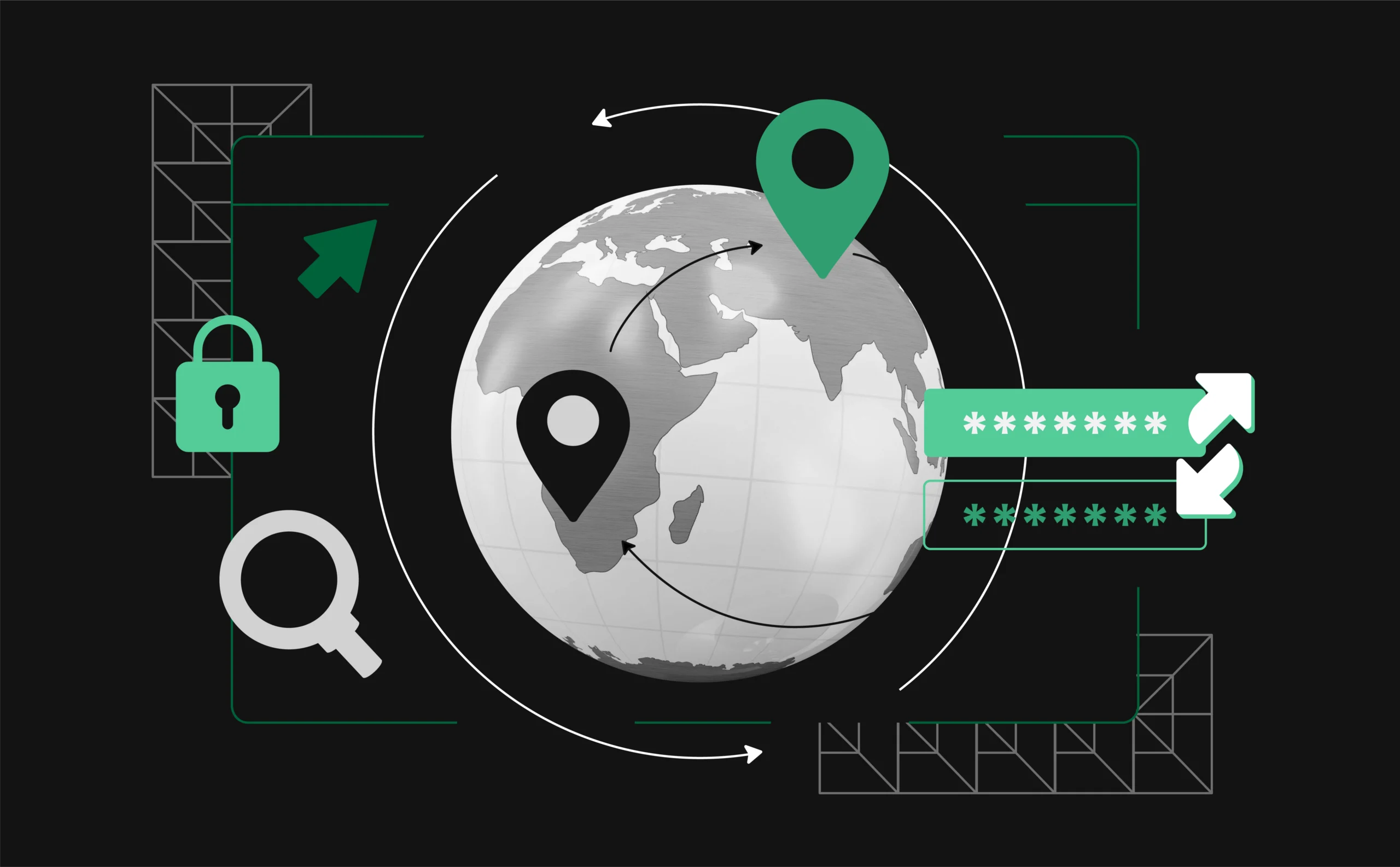
What Is a Rotating Proxy? Benefits, Use Cases, and Best Providers in 2025
Whether you’re a marketer, developer, or data analyst, staying anonymous and efficient online is key. That’s where rotating proxies come into play. Unlike static proxies that provide a single IP address, rotating proxies switch IPs periodically or with every request – keeping your activity harder to trace and block.
In this guide, we’ll break down what rotating proxies are, how they work, when to use them, and the best providers in 2025 (including a top choice like NodeMaven). If you’re ready to maximize online privacy, scale scraping efforts, or manage multiple accounts safely, read on.
What Is a Rotating Proxy?
A rotating proxy is a type of proxy server that changes your IP address automatically after a set time interval or after each request. This allows users to appear as if they’re accessing the web from multiple devices or locations.
There are two main types of rotating proxies:
- Time-based rotation: The IP address changes every few minutes.
- Request-based rotation: A new IP is used with every HTTP/HTTPS request.
This rotation makes it harder for websites to detect scraping, automation, or account farming, which is why these proxies are often used in advanced operations.
Benefits of Rotating Proxies
- Improved Anonymity Your digital footprint becomes almost impossible to trace when your IP changes regularly. This is especially useful in research, competitive analysis, and bypassing IP-based blocks.
- Higher Success Rates for Scraping Many websites use rate limiting or IP bans to block scrapers. Rotating proxies allow you to cycle through hundreds or thousands of IPs, reducing the risk of being blocked.
- Access to Geo-Targeted Content With rotating proxies, you can access websites as if you’re browsing from different countries. This is great for price monitoring, content localization testing, or ad verification.
- Safer Multi-Account Management Whether you’re running multiple social media profiles or managing client accounts, rotating proxies prevent detection by assigning a unique IP to each session.
- Automation-Friendly Rotating proxies integrate well with bots, automation tools, and headless browsers, allowing for seamless, large-scale tasks without tripping security systems.
Use Cases for Rotating Proxies in 2025
- Web Scraping Extracting data from websites like e-commerce platforms, job boards, or travel aggregators is easier and more reliable with rotating proxies.
- Social Media Management Running several LinkedIn, TikTok, or Instagram accounts? Rotating proxies help you maintain a unique IP footprint per account, reducing flagging or bans.
- Ad Verification Agencies use rotating IPs to ensure that ads are appearing correctly across regions and devices, and to detect fraud or cloaking.
- Market Research and SEO Tracking Check how websites rank in various regions or test how they appear to different audiences without skewing results due to repeated IP usage.
- Accessing Restricted Content By rotating through global IPs, users can bypass geo-restrictions and firewall limitations on services, platforms, and sites.
Rotating Proxy vs Static Proxy
| Feature | Rotating Proxy | Static Proxy |
| IP Address | Changes periodically or per request | Remains the same |
| Ideal Use Case | Web scraping, automation | Login sessions, long-term access |
| Risk of Detection | Lower | Higher |
| Setup Complexity | Slightly more complex | Simple |
Both have their place. Static proxies are ideal for consistency; rotating proxies are better for anonymity and scale.
How to Use a Rotating Proxy Safely
- Choose the Right Rotation Method
- For scraping: use per-request rotation
- For session-based tasks: use timed or session-controlled rotation
- Pair With Antidetect Tools Combine rotating proxies with browsers like Multilogin to mask fingerprints and manage multiple identities.
- Avoid Overloading IPs Distribute your requests to avoid hitting rate limits. Even rotating IPs can be flagged if misused.
- Monitor Success & Fail Rates Use tools like Pixelscan to test your proxy setup. Monitor status codes and CAPTCHAs to tweak your strategy.
Conclusion
Rotating proxies are a must-have for anyone working with data, automation, or multi-account environments in 2025. They offer a powerful blend of anonymity, flexibility, and scalability.
When choosing a provider, balance your budget with the quality of IPs and control features. For most users, NodeMaven offers the ideal mix of performance, customization, and safety—especially when paired with smart browser fingerprinting tools and disciplined automation.